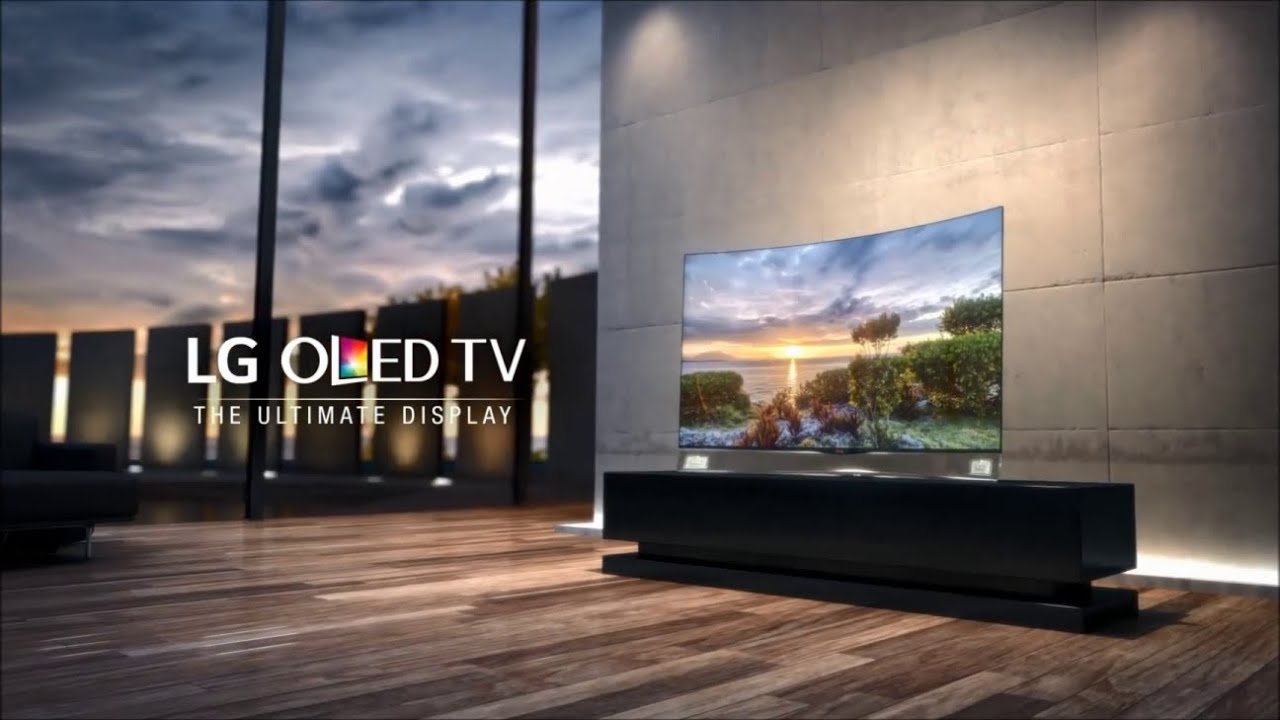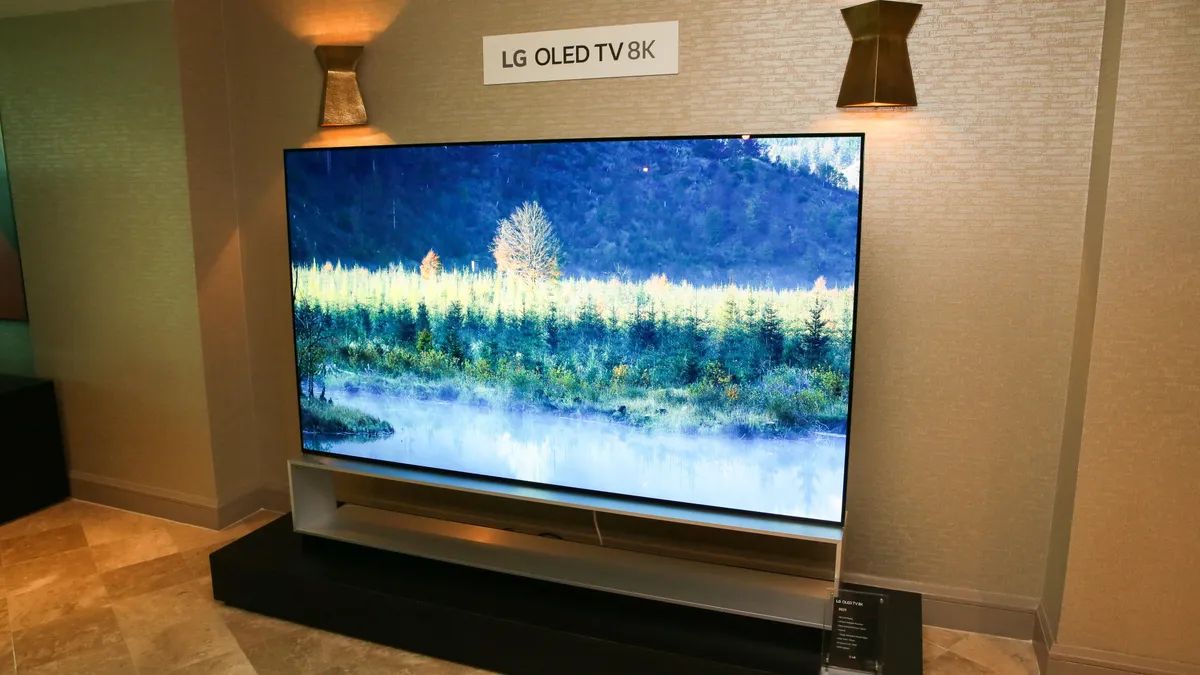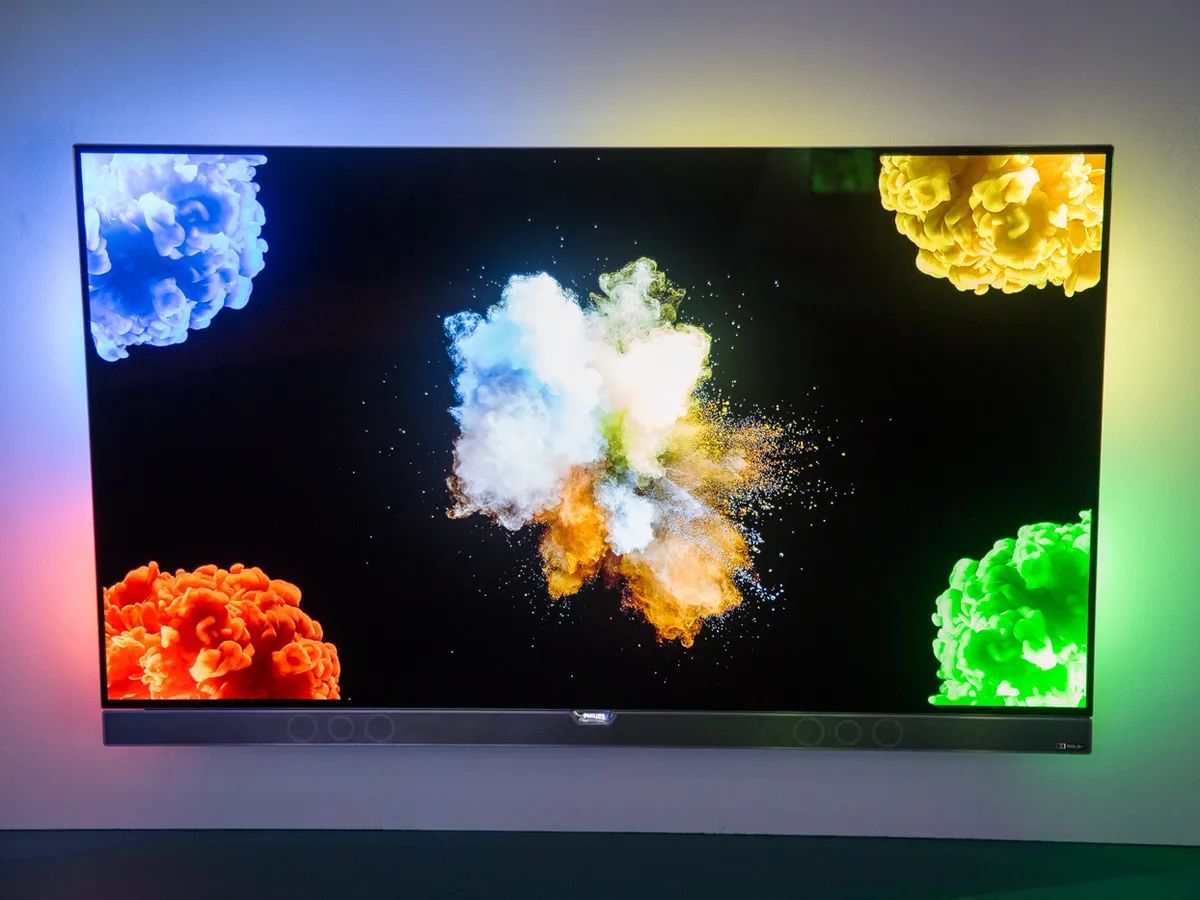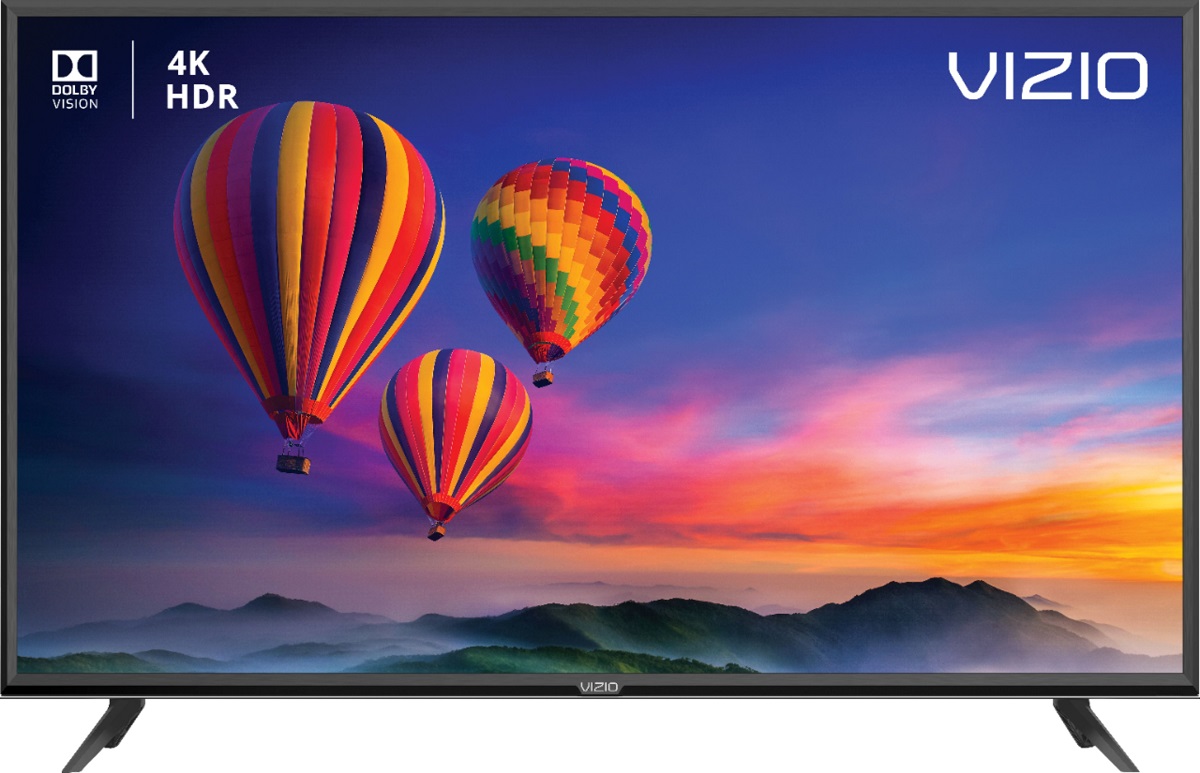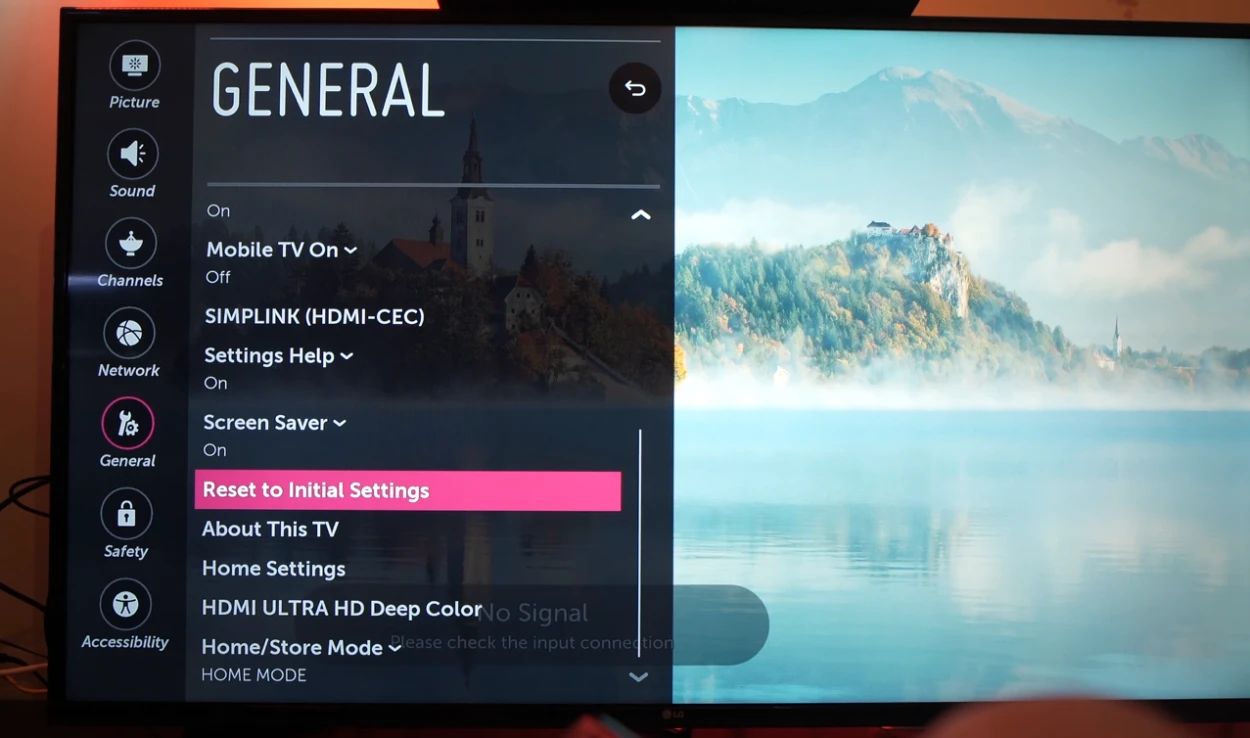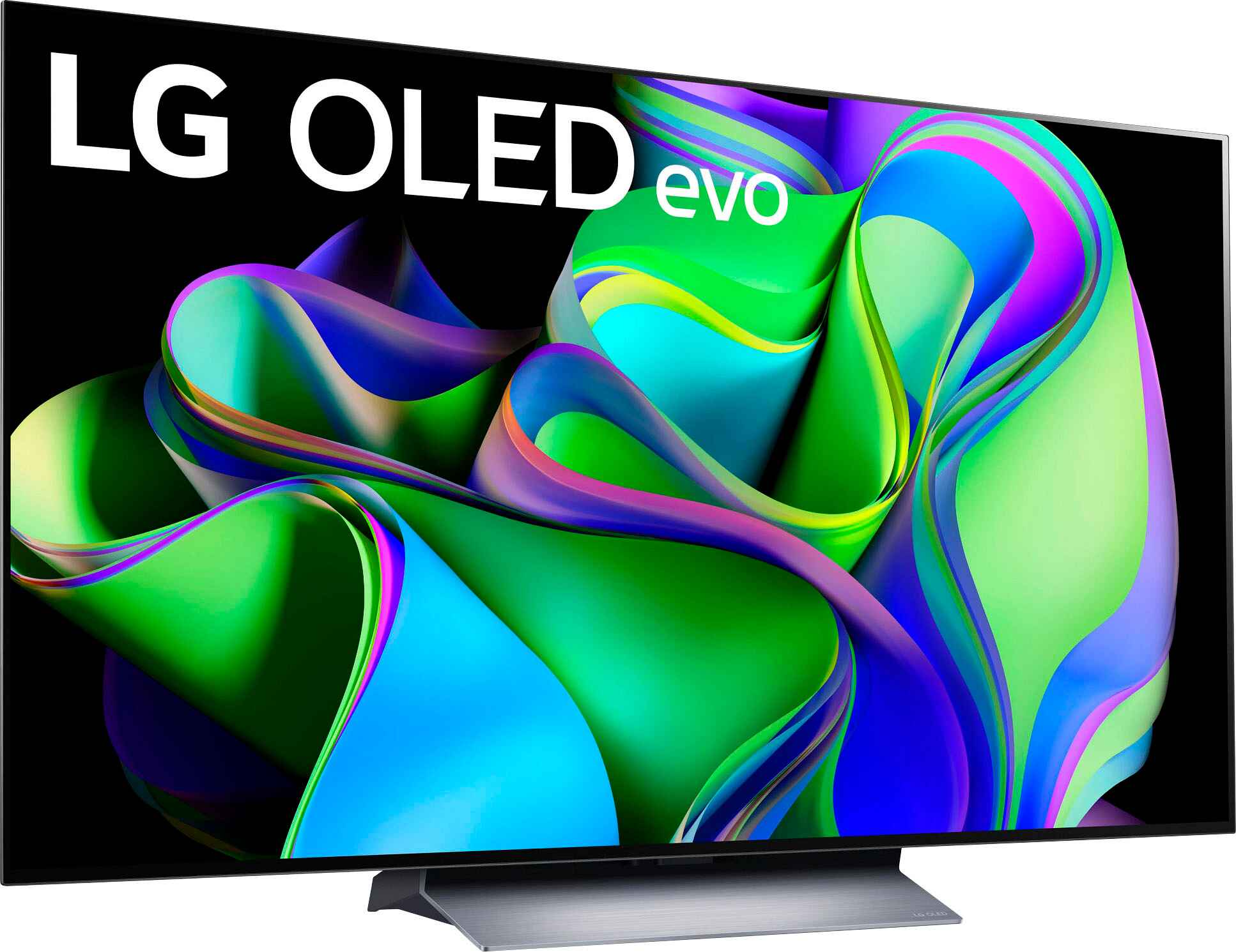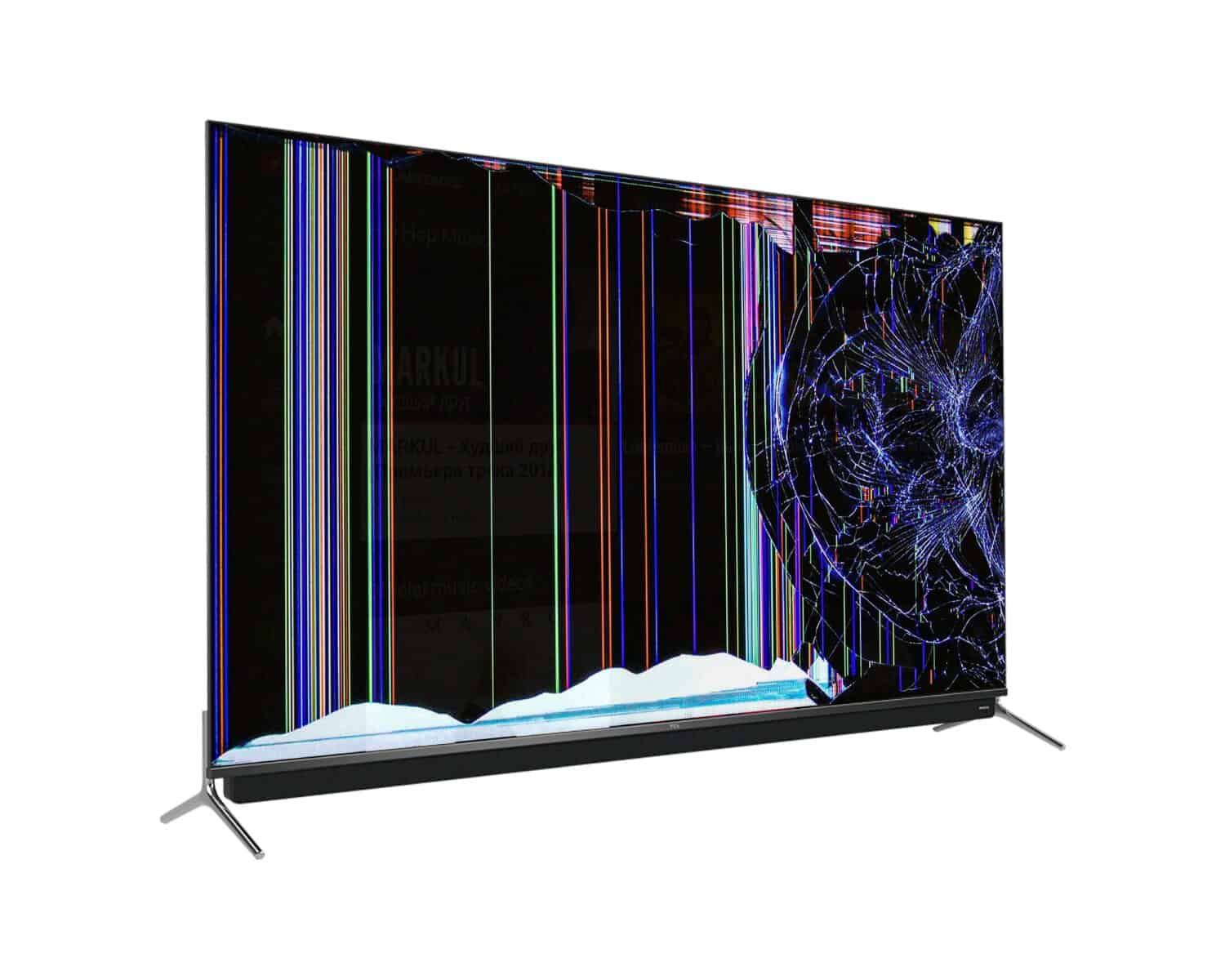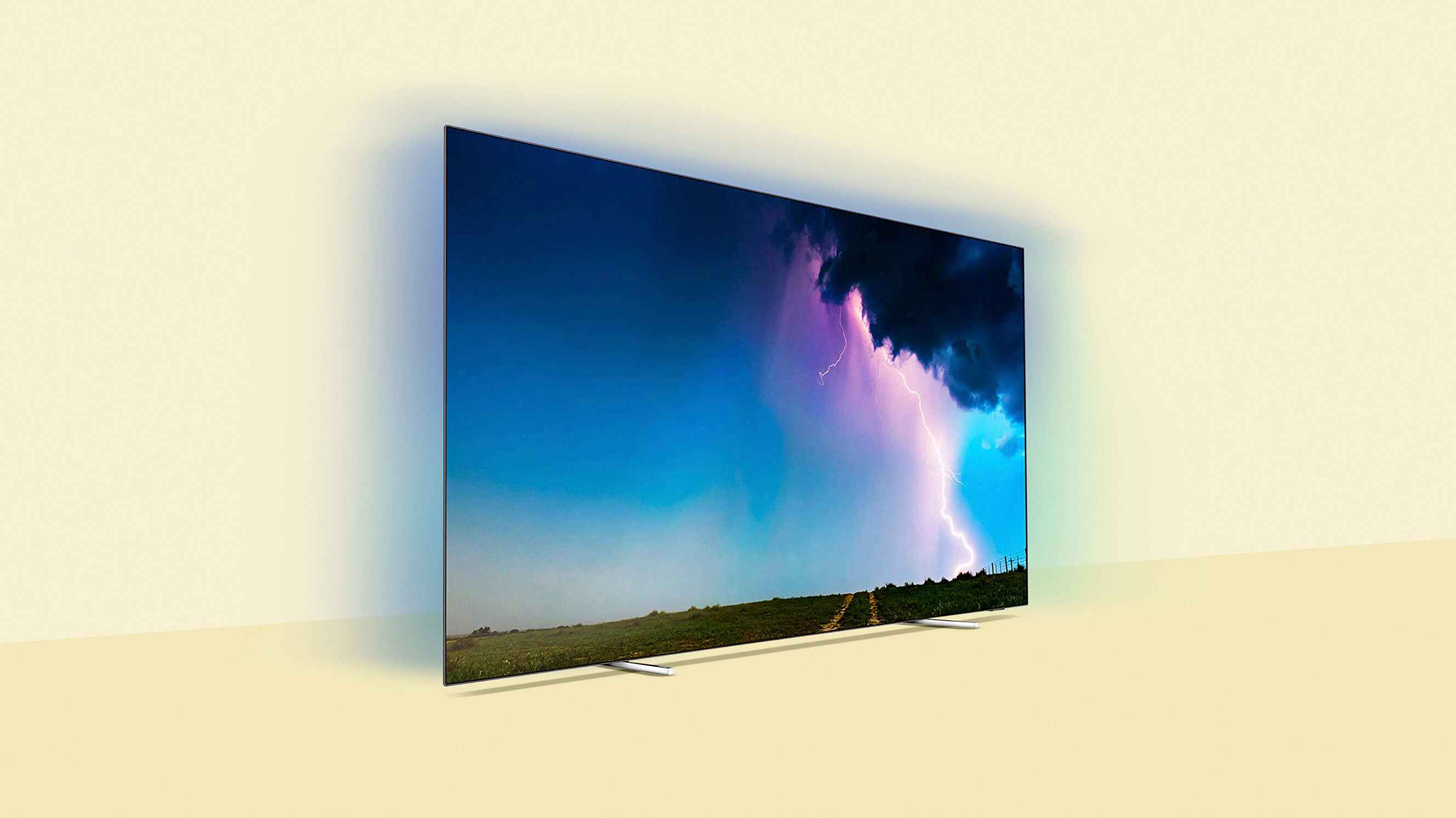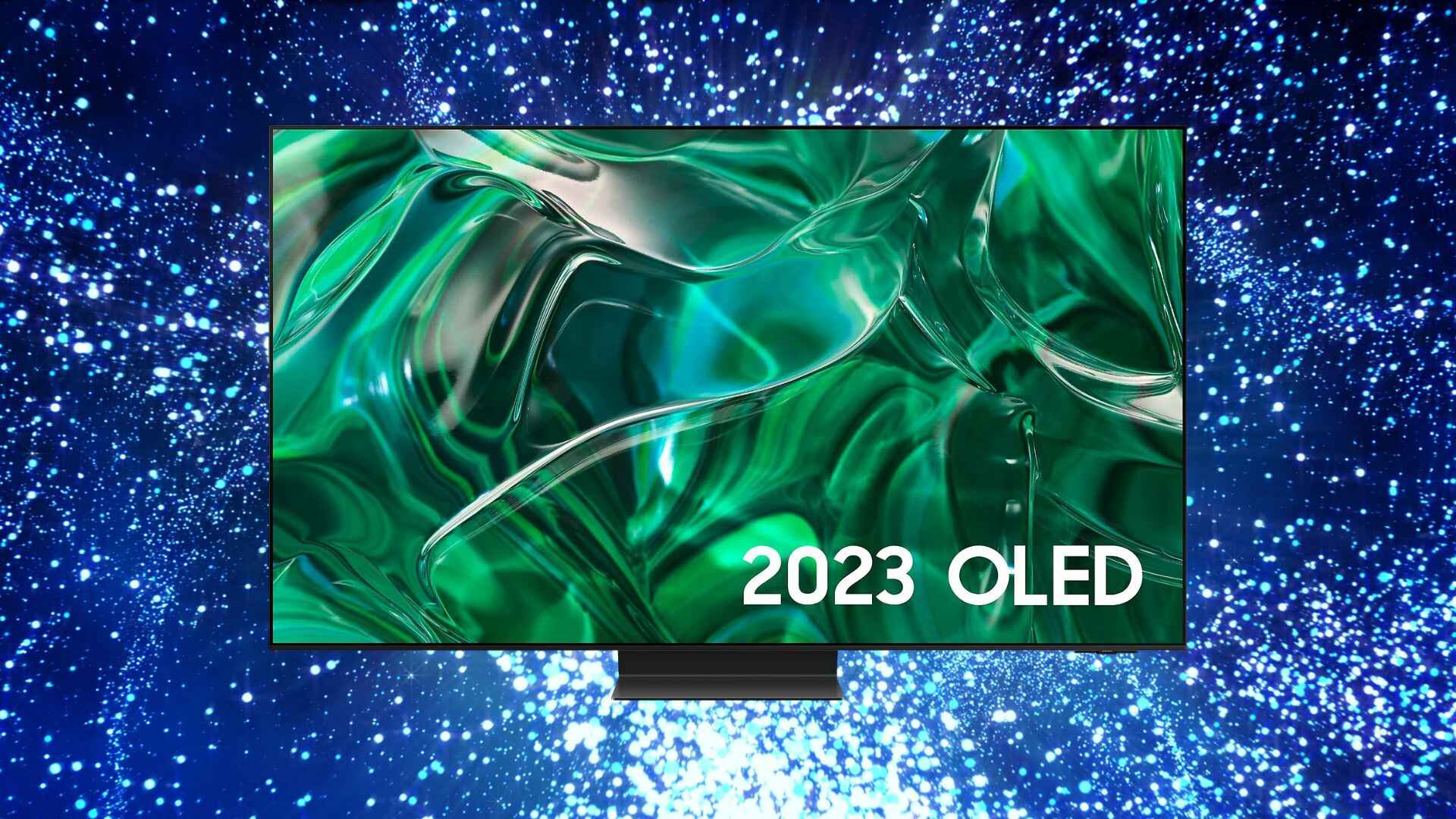Introduction
OLED (Organic Light-Emitting Diode) technology has gained immense popularity in the TV market due to its vivid colors, deep blacks, and slim design. Many consumers are eager to upgrade to an OLED TV for a premium viewing experience. However, before making a purchase, it’s important to understand the potential drawbacks of OLED TVs. While they do offer impressive features, there are several reasons why you might want to think twice before investing in one.
Higher Price: One of the primary reasons why consumers hesitate to buy OLED TVs is their higher price point compared to other types of TVs. OLED technology is still relatively new and expensive to produce, resulting in a significant increase in cost. If budget is a concern for you, it might be worth considering alternative options such as LED TVs, which offer similar picture quality at a more affordable price.
Burn-in Issues: OLED TVs are more susceptible to burn-in, which refers to permanent image retention on the screen. If a static image is displayed for an extended period, such as channel logos or video game HUDs, it can cause ghosting or burn-in, leaving a faint afterimage. Although manufacturers have implemented measures to reduce this issue, it can still occur, especially with prolonged usage of the same content.
Limited Lifespan: OLED panels also have a limited lifespan compared to other display technologies. Over time, the organic compounds in the OLED materials degrade, leading to a decrease in brightness and color accuracy. While this degradation is gradual, it is something to consider if you’re planning to use your TV for several years without upgrading.
Limited Brightness: OLED TVs are renowned for their deep, true black levels, but they can struggle to achieve the same level of brightness as LED TVs. This can impact the overall picture quality, especially in brightly lit rooms. If you often watch TV in a well-lit environment, an OLED TV might not be the best choice for you.
Higher Price
One of the primary factors that discourage consumers from buying OLED TVs is their higher price compared to other types of televisions. OLED technology is still relatively new and expensive to produce, resulting in a significant increase in cost. This price differential can make consumers hesitate before making the investment.
When it comes to purchasing a TV, budget is often a significant consideration. OLED TVs tend to be on the higher end of the price spectrum, making them less accessible for those on a limited budget. The premium price tag associated with OLED technology can be a deterrent for many potential buyers.
However, it’s important to note that with technological advancements and increased competition in the market, the price of OLED TVs has been gradually decreasing over time. Prices may vary depending on the brand, size, and additional features of the TV. While OLED TVs may have been prohibitively expensive in the past, they are becoming more affordable options for consumers. Despite this, they still tend to be more expensive than traditional LED TVs.
For consumers who are price-conscious, there are alternative options available. LED TVs, for example, offer a more budget-friendly choice without sacrificing too much on picture quality. LED TVs utilize LCD (Liquid Crystal Display) technology with LED backlighting, which can provide excellent image quality at a lower cost compared to OLED technology.
It’s essential to consider your budget and prioritize your needs when deciding whether to invest in an OLED TV. If you have a flexible budget and prioritize exceptional picture quality and advanced features, an OLED TV may be worth the higher price. However, if you are more budget-conscious and willing to compromise slightly on picture quality, LED TVs can offer a more affordable solution.
Burn-in Issues
One of the significant concerns related to OLED TVs is the potential for burn-in. Burn-in refers to the phenomenon where a static image displayed on the screen for an extended period can leave a permanent imprint or ghost image, particularly when it comes to OLED technology.
OLED panels are composed of organic compounds that emit light when an electric current passes through them. When a static image, such as a channel logo or a video game heads-up display (HUD), remains on the screen for hours on end, that specific area of the screen can age unevenly. This can result in ghosting or burn-in, which manifests as a faint afterimage of the static elements when other content is displayed.
Manufacturers have implemented various measures to reduce the risk of burn-in, such as pixel shifting and automatic brightness adjustments. However, the potential for burn-in still exists, especially with prolonged use of the same content. This can be particularly concerning for individuals who engage in heavy gaming or watch channels with static logos for extended periods.
It’s worth noting that burn-in is not an issue exclusive to OLED TVs. LCD TVs are also susceptible to image retention or temporary burn-in, but the effects are usually temporary and can be mitigated by displaying dynamic content or using screen savers. OLED technology, on the other hand, is more sensitive to burn-in due to its unique organic composition.
To minimize the risk of burn-in, it is advisable to practice certain precautions when using an OLED TV. Avoid leaving static images on the screen for an extended period and make use of features like screen shifting and pixel refresh that are available in the TV’s settings. Additionally, varying the content displayed on the screen and reducing brightness levels can help prevent burn-in to some extent.
While burn-in is a potential issue with OLED TVs, it’s essential to consider your usage habits before being overly concerned. If you primarily watch a variety of dynamic content and do not engage in heavy gaming with static elements, the risk of burn-in is relatively low. However, if your viewing habits involve extended periods of static content, it may be worth considering other TV technologies that are less prone to burn-in.
Limited Lifespan
When considering the purchase of an OLED TV, it’s important to be aware that these TVs have a limited lifespan compared to other display technologies. Over time, the organic compounds present in the OLED materials start to degrade, resulting in a gradual decrease in brightness and color accuracy.
The gradual degradation of OLED panels is a natural consequence of the organic compounds breaking down. While this process occurs over an extended period, it is something to take into account if you plan on using your TV for several years without upgrading.
The exact lifespan of an OLED TV can vary depending on various factors such as usage patterns, screen brightness, and picture settings. Generally, OLED manufacturers claim that their TVs can maintain over 50,000 hours of usage before reaching 50% brightness, which is still a respectable lifespan for most consumers.
It’s essential to consider your viewing habits before being concerned about the limited lifespan of OLED TVs. If you use your TV for a few hours a day on average, it could take several years before you start noticing any significant degradation in picture quality. However, if you frequently leave your TV on for extended periods or use it heavily, the degradation process may occur at a faster rate.
It’s also worth noting that despite the gradual decline in brightness and color accuracy, OLED TVs still provide excellent picture quality even after several years of use. The difference might not be perceivable to the average viewer unless comparing it side by side with a brand new OLED TV.
Ultimately, the limited lifespan of OLED TVs should be viewed in the context of the ever-evolving nature of technology. TV technology advances rapidly, and it’s not uncommon for consumers to upgrade their TVs every few years to take advantage of the latest features and improvements. If you are someone who likes to stay up-to-date with the newest technology, the limited lifespan of OLED TVs may not be a significant concern.
However, if you intend to keep your TV for an extended period without upgrading, it may be worth considering other display technologies like LED TVs, which offer a longer lifespan but sacrifice some of the advantages of OLED, such as deep blacks and vibrant colors.
Limited Brightness
While OLED TVs are renowned for their ability to deliver deep, true black levels, they can struggle to achieve the same level of brightness as LED TVs. The limited brightness of OLED displays can have implications for the overall picture quality, especially in brightly lit environments.
OLED panels emit light individually for each pixel, which allows for precise control over brightness levels. However, the maximum brightness that OLED displays can achieve is generally lower compared to LED TVs, which utilize a backlighting system that can produce higher brightness levels.
This lower peak brightness in OLED displays can result in a loss of detail and reduced visibility in scenes that contain bright highlights. In an environment with ambient light or direct sunlight, the limited brightness can make it more challenging to discern subtle details and have a negative impact on the overall viewing experience.
It’s important to note that the limited brightness of OLED TVs is typically not a significant issue when watching content in a dimly lit or dark room, as the deep black levels and high contrast ratio can provide an immersive and cinematic experience.
However, if you often watch TV in a well-lit environment or have large windows in your viewing area, an OLED TV may not be the best choice. LED TVs, with their higher brightness capabilities, can offer a better viewing experience in brightly lit conditions, as they can combat the glare and maintain better visibility of on-screen content.
It’s worth mentioning that OLED TVs have made significant improvements in brightness levels over the years, and the difference in brightness may not be noticeable to the average viewer unless viewed side by side with an LED TV. Additionally, manufacturers continue to refine the technology to achieve higher levels of brightness in OLED displays.
Ultimately, the limited brightness of OLED TVs should be considered based on your specific viewing environment and preferences. If you tend to watch TV in a dark or dimly lit room, you may still find the picture quality of OLED TVs to be exceptional. However, if your viewing area is frequently exposed to significant ambient light, an LED TV might be a more suitable option to ensure optimal visibility and picture quality.
Limited Viewing Angles
An inherent limitation of OLED technology is its limited viewing angles compared to other display technologies. Viewing angles refer to the angle at which you can comfortably watch the TV without experiencing any loss of color accuracy or contrast.
When viewing an OLED TV from straight on or at a slight angle, the picture quality is exceptional, with vibrant colors and sharp details. However, as you start to move to more extreme angles, the picture quality can deteriorate.
At wider viewing angles, OLED displays may exhibit a shift in color accuracy and a decrease in contrast, resulting in a less consistent viewing experience. This means that if you’re watching an OLED TV from a side angle or from a position that’s significantly above or below the screen, you may notice a slight washout or loss of detail in the image.
This limitation may not be a significant concern for individuals who typically sit directly in front of the TV or have a viewing setup where all viewers can comfortably face the screen head-on. However, if you often have viewers sitting at wider angles or have a seating arrangement where not everyone can be directly facing the screen, the limited viewing angles of OLED technology may impact their viewing experience.
It’s important to note that OLED TVs have made considerable improvements in viewing angle performance compared to earlier models. Manufacturers have implemented various techniques, such as advanced panel designs and improved anti-glare coatings, to enhance viewing angles. OLED displays today offer wider and more consistent viewing angles than before, making them more suitable for a variety of viewing setups.
However, it’s advisable to consider your specific viewing requirements when deciding on a TV. If you have a large family or frequently host gatherings where viewers may not have direct access to the optimal viewing angles, an alternative display technology such as IPS (In-Plane Switching) or Quantum Dot may offer better viewing angles, with less color shift and improved visibility.
It’s important to conduct thorough research and consider your viewing environment when choosing a TV. Manufacturers’ specifications and in-store demonstrations can provide valuable insights into the viewing angle performance of OLED TVs, which can help you make an informed decision based on your specific needs.
Risk of Permanent Damage
While OLED technology offers numerous benefits, one potential drawback is the risk of permanent damage that can occur under certain circumstances. OLED displays are more susceptible to damage than other display technologies, which can result in costly repairs or even the need for a replacement.
One of the primary concerns is the susceptibility of OLED panels to water and moisture damage. Unlike LED or LCD panels that have a protective layer and a separate backlight, OLED panels are organic and can be damaged by exposure to water or excessive moisture. Accidental spills, high humidity conditions, or even cleaning the screen with the wrong materials can lead to irreversible damage.
Another risk is the fragility of OLED screens. OLED panels are typically thinner and more delicate compared to other display technologies. This makes them more vulnerable to impacts and pressure, which can cause cracks, dead pixels, or other forms of physical damage. Carrying or mounting an OLED TV without taking proper precautions can result in permanent damage to the screen.
Additionally, OLED panels are sensitive to the buildup of static electricity. Static charges can become discharged through the screen, causing damage to the pixels and reducing the overall performance and lifespan of the TV. Taking precautions to minimize static electricity, such as using an anti-static cloth or avoiding placing the TV in areas prone to static buildup, is essential to prevent potential damage.
It’s worth noting that while there are risks associated with OLED technology, taking proper care and following recommended guidelines can help mitigate these risks. Manufacturers provide instructions on handling, cleaning, and maintaining OLED TVs, which should be followed to ensure the longevity and optimal performance of the device.
For those who are apprehensive about the risk of permanent damage, LED or LCD TVs may offer a more robust and durable display technology. LED and LCD panels are generally more resistant to water damage, have stronger screen protection, and can withstand higher levels of physical impact without incurring severe damage.
Ultimately, it’s crucial to exercise caution and take appropriate measures to protect your OLED TV from potential damage. By following the manufacturer’s guidelines, adopting safe handling practices, and being aware of the potential risks, you can minimize the chances of encountering permanent damage and enjoy the benefits of OLED technology.
Limited Selection
Another factor to consider when contemplating the purchase of an OLED TV is the limited selection available in comparison to other types of televisions. While OLED technology has gained in popularity, the range of brands, sizes, and models available in the market is not as extensive as that of LED or LCD TVs.
OLED panels require specialized manufacturing processes and resources, which can limit the number of companies that produce them. Currently, a handful of major electronics manufacturers produce OLED TVs, which means that the range of options for consumers is more limited.
In terms of size options, OLED TVs typically come in larger sizes, with the majority falling within the 55 to 77-inch range. If you’re looking for a smaller TV for a bedroom or office, the options may be more limited compared to LED or LCD TVs, which typically come in a wider range of sizes to cater to various needs and preferences.
Additionally, while there are multiple brands producing OLED TVs, the feature sets and specific models available might not be as extensive as those of LED or LCD TVs. This can limit your choices in terms of additional features such as smart functionality, input/output options, or other specific requirements you may have.
However, it’s important to note that the selection of OLED TVs is expanding as the technology becomes more popular and widely adopted. Manufacturers are continually improving production processes and investing in OLED technology, which will likely result in a broader range of options in the future.
When considering an OLED TV, it’s important to evaluate your specific needs and priorities. If having a wide variety of brands, sizes, and models to choose from is essential to you, LED or LCD TVs may offer a more extensive selection. On the other hand, if picture quality and the unique advantages of OLED technology are your top considerations, the limited selection may not be as much of a concern.
It’s also worth mentioning that the limited selection in OLED TVs doesn’t necessarily mean you won’t find a model that suits your requirements. The available options still provide excellent picture quality and advanced features, allowing you to enjoy a premium viewing experience.
Ultimately, it’s crucial to weigh the importance of a diverse selection against the advantages of OLED technology when making your decision. Consider your specific needs, budget, and desired features to determine if the limited selection of OLED TVs aligns with what you’re looking for in a television.
Conclusion
While OLED technology offers stunning picture quality and sleek design, it’s important to consider the potential drawbacks before purchasing an OLED TV. Factors such as higher prices, burn-in issues, limited lifespan, limited brightness, limited viewing angles, risk of permanent damage, and a relatively limited selection compared to other types of TVs should be taken into account when making your decision.
OLED TVs are often more expensive than other television options due to the cost and complexity of manufacturing OLED panels. However, with technological advancements and increased competition, prices have been gradually decreasing, making OLED TVs more affordable for consumers with flexible budgets.
Burn-in issues can occur on OLED screens, particularly if static images are displayed for extended periods. While manufacturers have implemented measures to minimize this risk, it’s important to be mindful of the content displayed on the screen to prevent potential ghosting or burn-in.
OLED panels have a limited lifespan compared to other display technologies, with gradual degradation of brightness and color accuracy over time. However, this degradation is typically not noticeable to the average viewer unless comparing with a new OLED TV.
When it comes to brightness and viewing angles, OLED displays may not perform as well as other types of TVs in brightly lit environments or at wider angles. LED or LCD TVs may provide better visibility and wide-angle viewing options, particularly in well-lit rooms.
Considering the potential risk of permanent damage, proper care and handling of OLED TVs are necessary to prevent water damage, physical impact, and static discharge. Following manufacturer guidelines and employing safe practices can help ensure the longevity and optimal performance of your TV.
Lastly, it’s important to note that while the selection of OLED TVs is not as extensive as other types of TVs, there are still several reputable brands and models available. As OLED technology gains popularity, the range of options is expected to expand in the future.
Ultimately, the decision to buy an OLED TV should be based on your specific needs, preferences, and budget. If exceptional picture quality and design are your top priorities, and you can mitigate potential drawbacks, an OLED TV can provide a premium viewing experience. However, if budget, specific viewing conditions, or a wider range of options are more important to you, alternative TV technologies like LED or LCD may be more suitable.







